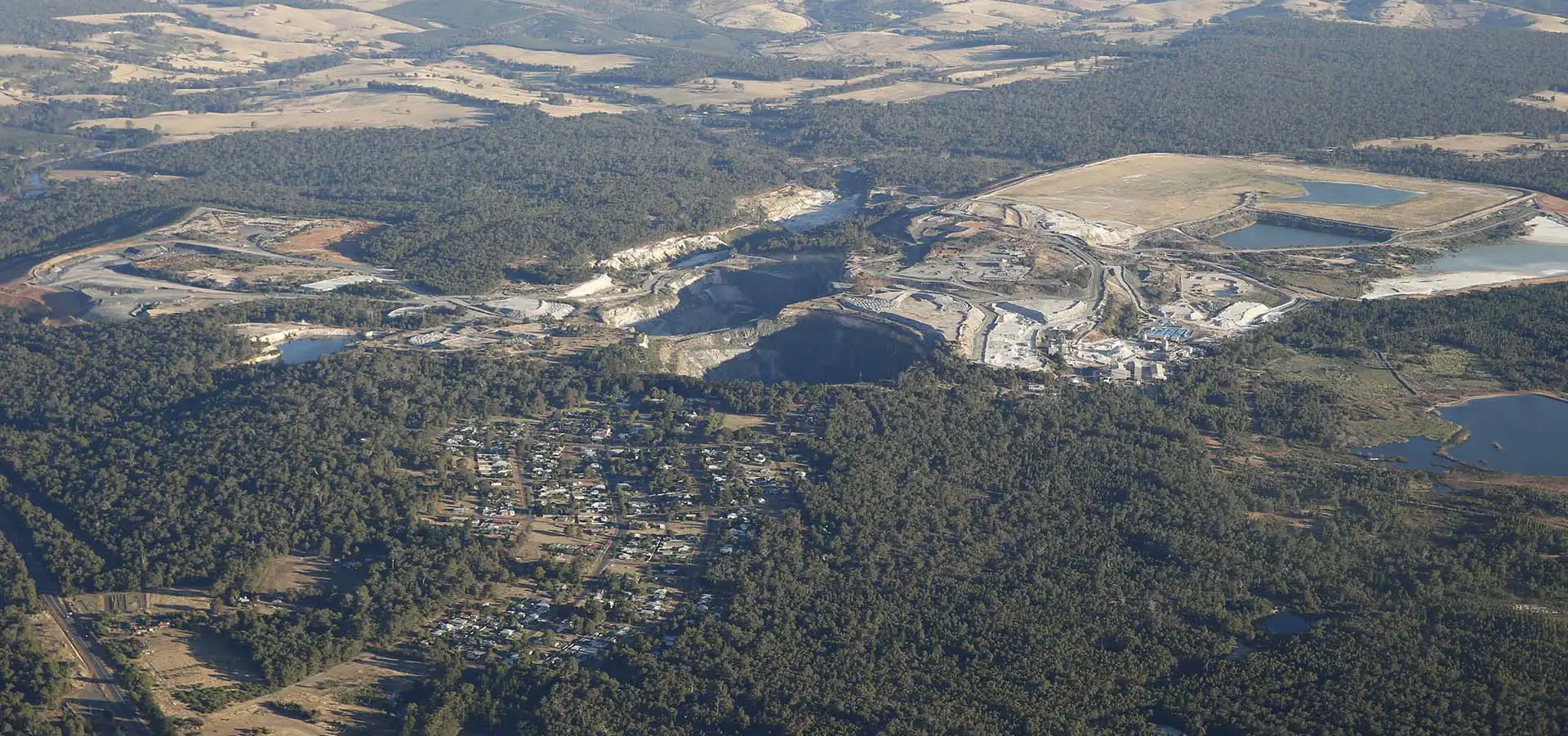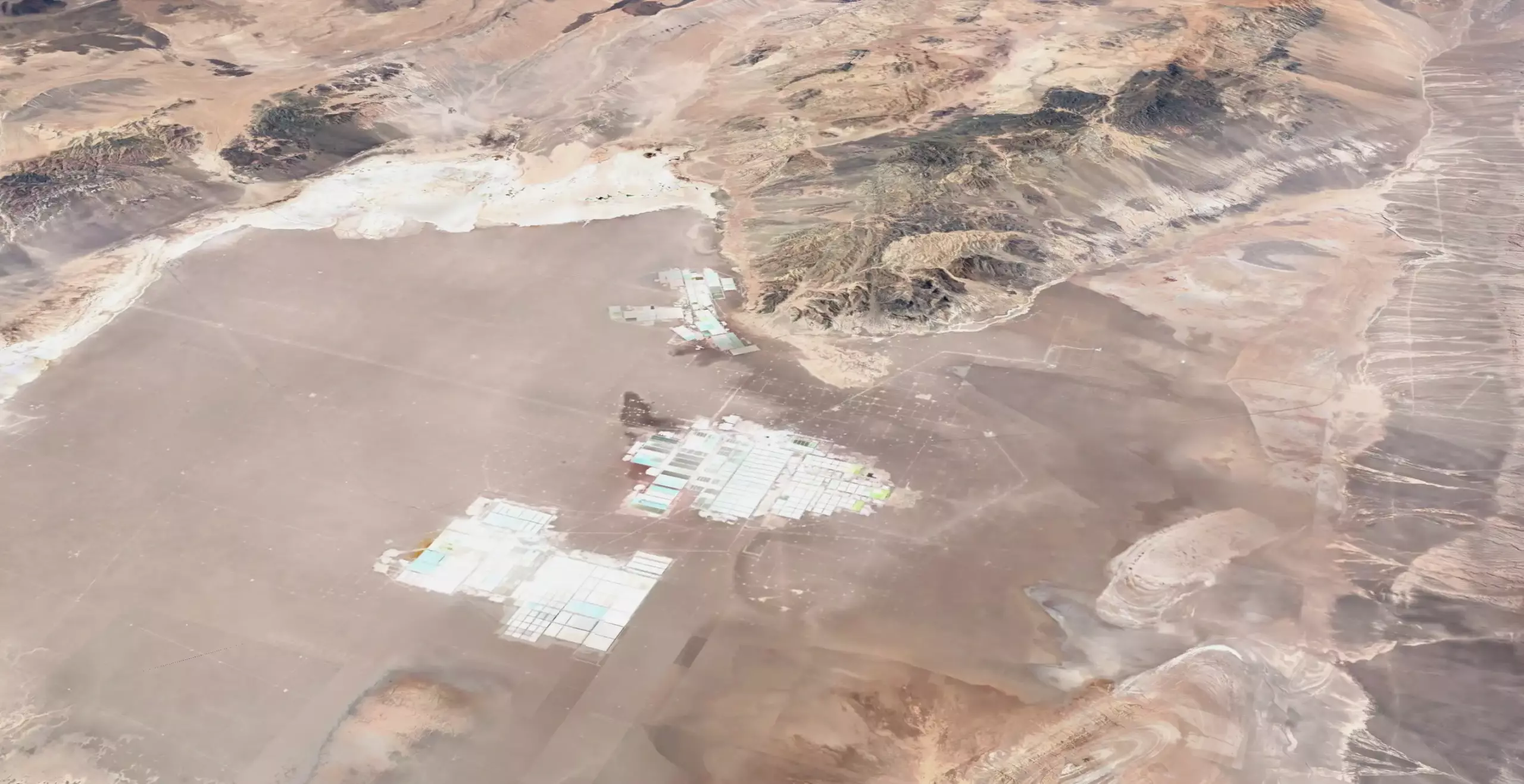Durban, South Africa — Lithium is crucial for batteries in electric vehicles and renewable energy storage, aiding the transition to cleaner energy sources. It creates jobs and stimulates local economies in regions where this natural resource is available.

Lise Oertel
Communications Specialist
Opportunities and Challenges of a Lithium Mine
Lithium-ion batteries help store excess energy from renewables, making power grids more reliable.
There can be several challenges to manage. That starts with the world relying on a few lithium-rich countries to get into production and create reliable supply chains. Any political instability can create market volatility and shipping disruptions.
When the issues are carefully managed, a lithium mine presents opportunities for clean energy and economic growth. The most successful operations in the world today prove what is possible.
What are the Most Successful Lithium Mines in the World?
Although numerous lithium mines are active globally, three operations stand out above the rest because of their size and overall success.
First, there is the Greenbushes Lithium Mine in Western Australia. It is one of the oldest operations in the world using modern mining techniques, primarily producing spodumene concentrate. As the demand for electric vehicles and rechargeables has increased, it has played a crucial role in supplying lithium for batteries.

Next, we have the Silver Peak Lithium Mine in the United States. It is located in the state of Nevada. It is known for producing lithium by extracting it from brine. It is in the Clayton Valley, providing a vital raw material source to American manufacturing assets.

Finally, the Salar de Atacama in Chile is in the vast salt flats of the desert, which is rich in lithium reserves. These operations follow a similar method as the American process, using brine extraction. The abundant sunshine in the area aligns with the renewable efforts in the region, creating clean energy development opportunities.

The combined efforts of these three successful operations and the rest of the global industry create $6 billion in value each year. This market is dynamic, so those revenues can change significantly as supply and demand shift.
The Challenges Faced by Smaller Lithium Mine Operations
Developing a lithium mine requires substantial upfront investment in exploration, infrastructure, and extraction equipment. Junior miners often need help to secure the necessary funding, even when using sustainable approaches.
The market volatility of lithium is another factor to consider. As demand changes or technology advances, smaller operations can face challenges when weathering these fluctuations.
A few additional challenges are present that a smaller lithium mine must overcome to be successful.
1. Technical Expertise
Lithium extraction is a technically complex process. It is especially so when using brine deposits or unconventional sources for this resource. It is common for junior miners to lack expertise in these areas, especially when starting.
Since a small lithium mine is often in a rural area, hiring people with the appropriate expertise can even be challenging. From relocation to competitive salaries, competing with larger companies that can deliver bigger offers is not easy.
2. Environmental Regulations
Lithium mining can have environmental impacts, especially if not managed responsibly. Small mines may face challenges in meeting stringent environmental regulations.
3. Logistics
Transporting lithium from remote mining locations to processing facilities or ports could become more expensive than the profits generated by their activities.
4. Resource Quality
Smaller mines may have access to lower-quality lithium deposits, resulting in lower yields and reduced profitability. Since many of these businesses rely on larger companies for processing and concentrate refinement, they become more vulnerable to supply chain disruptions.
5. Market Access
Establishing relationships with battery manufacturers and other end-users can be challenging for small mines, limiting their market access. While the largest, most successful businesses in this industry can tap into economies of scale, those on the other side of the spectrum are forced into a competitive role like that of a boutique going against a big box discount store.
6. Accessing Capital
Small mining companies may face difficulty accessing capital markets or securing loans from financial institutions due to the perceived risks associated with the lithium industry and the size of their operations. Exploration can be uncertain, and these businesses might need more funding to conduct extensive work or confirm deposit viability. Those issues can deter potential investors.
The easiest way to mitigate these potential issues is to have a small lithium mine take a strategic approach. Several significant risk factors can be reduced by forming positive partnerships and conducting thorough geological assessments. Support from government grants or subsidies might also be available. In return, these companies can emerge by effectively managing their market opportunities.
Related Articles
November 29, 2023
November 17, 2023